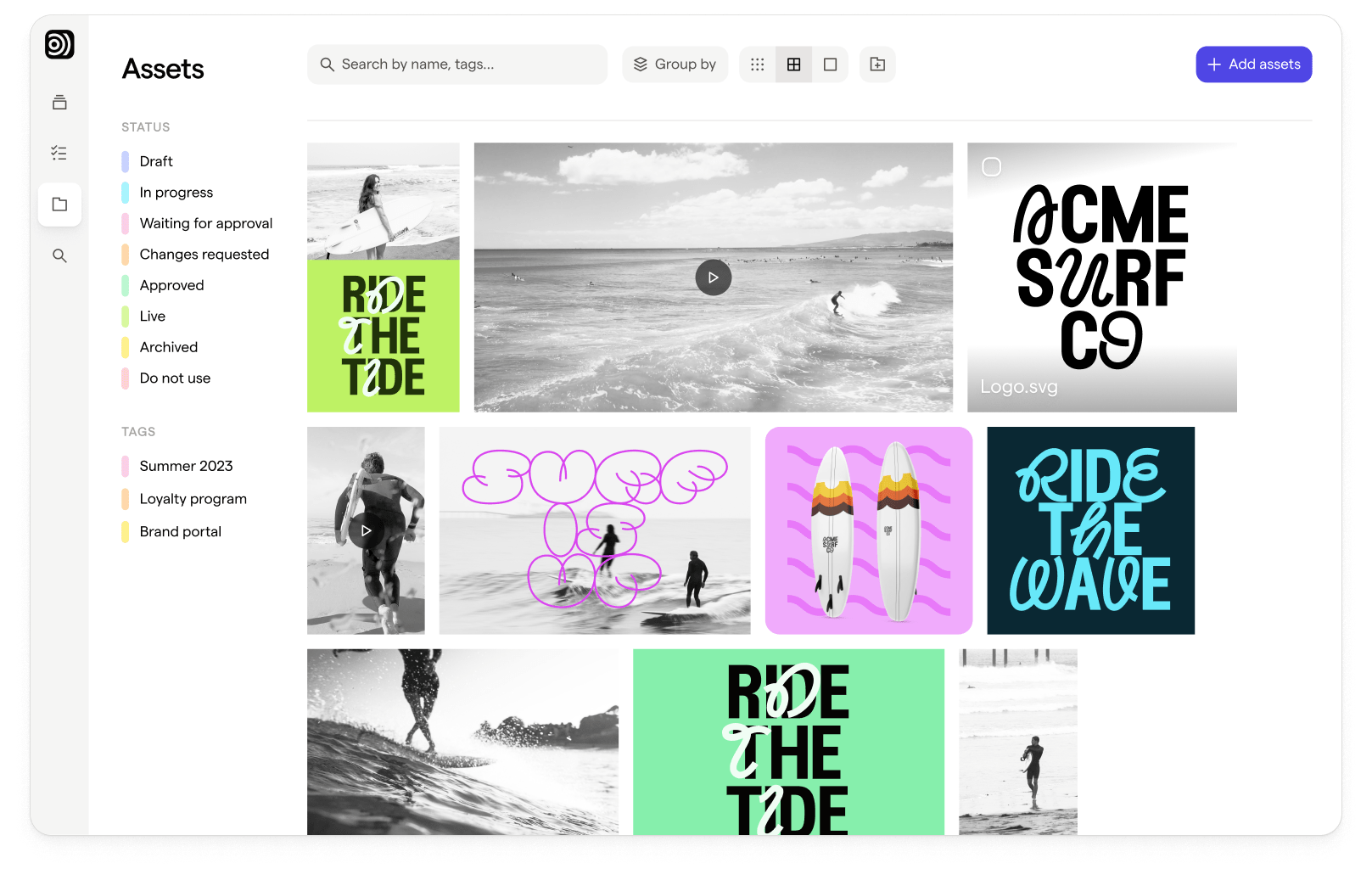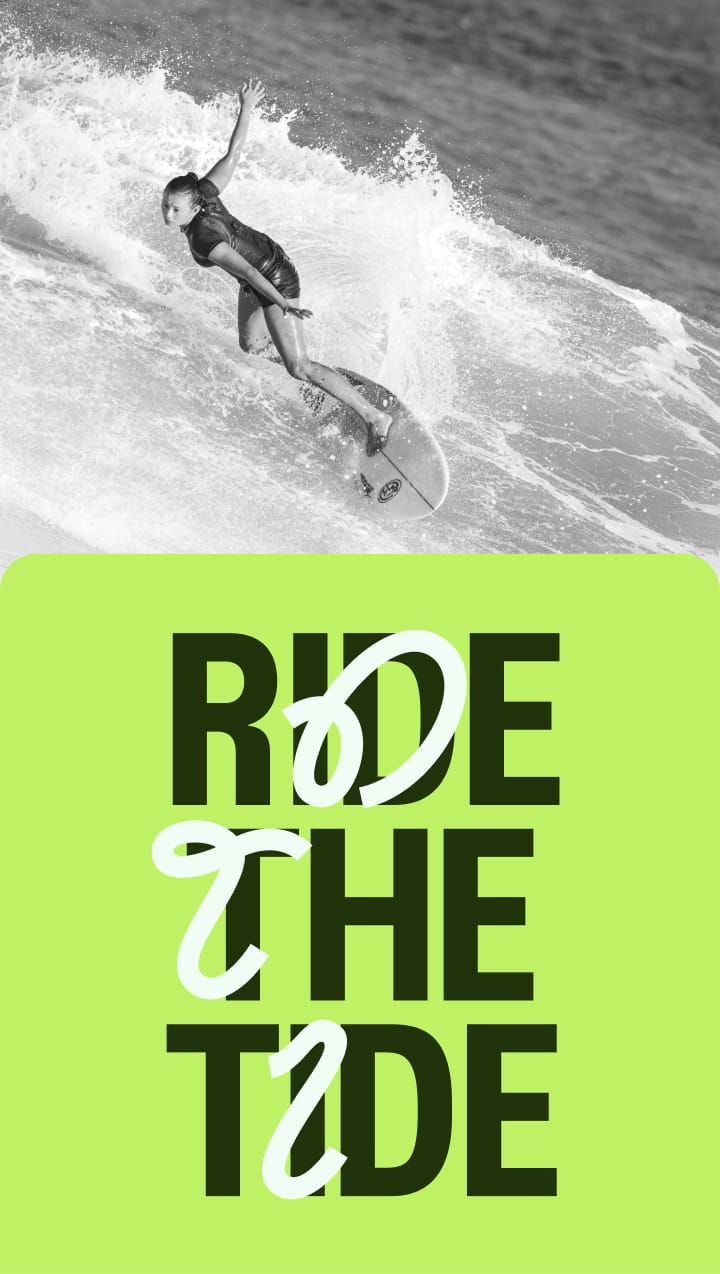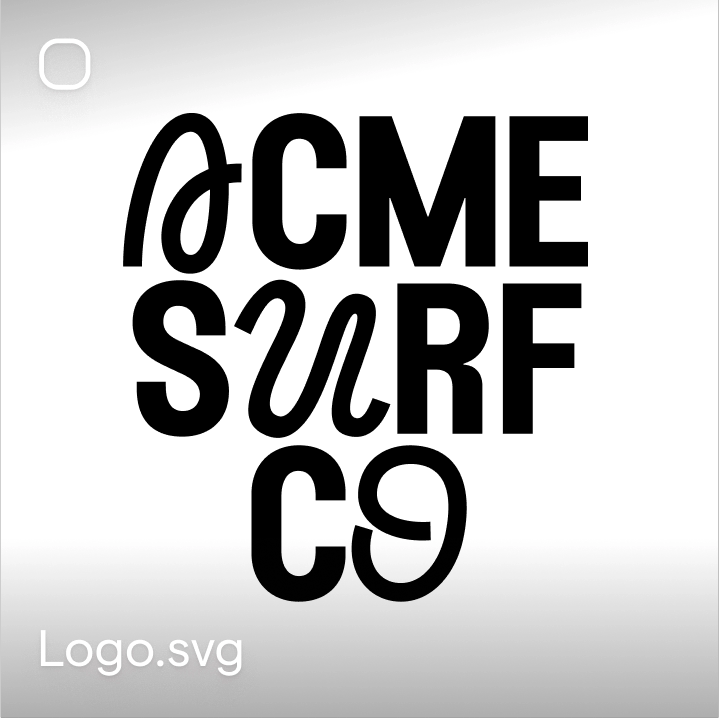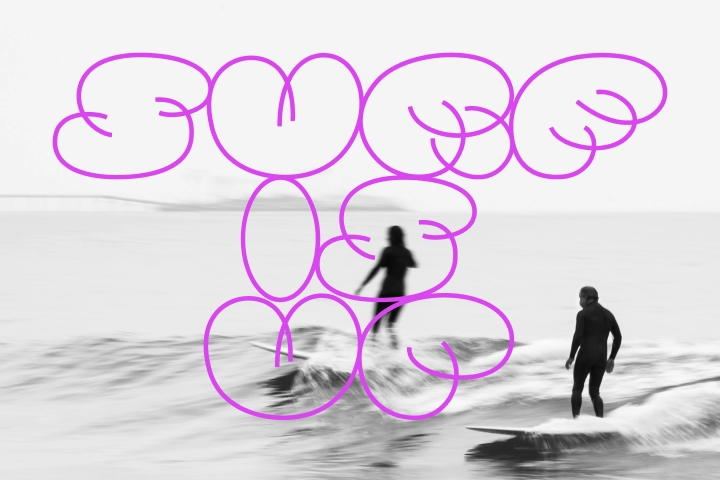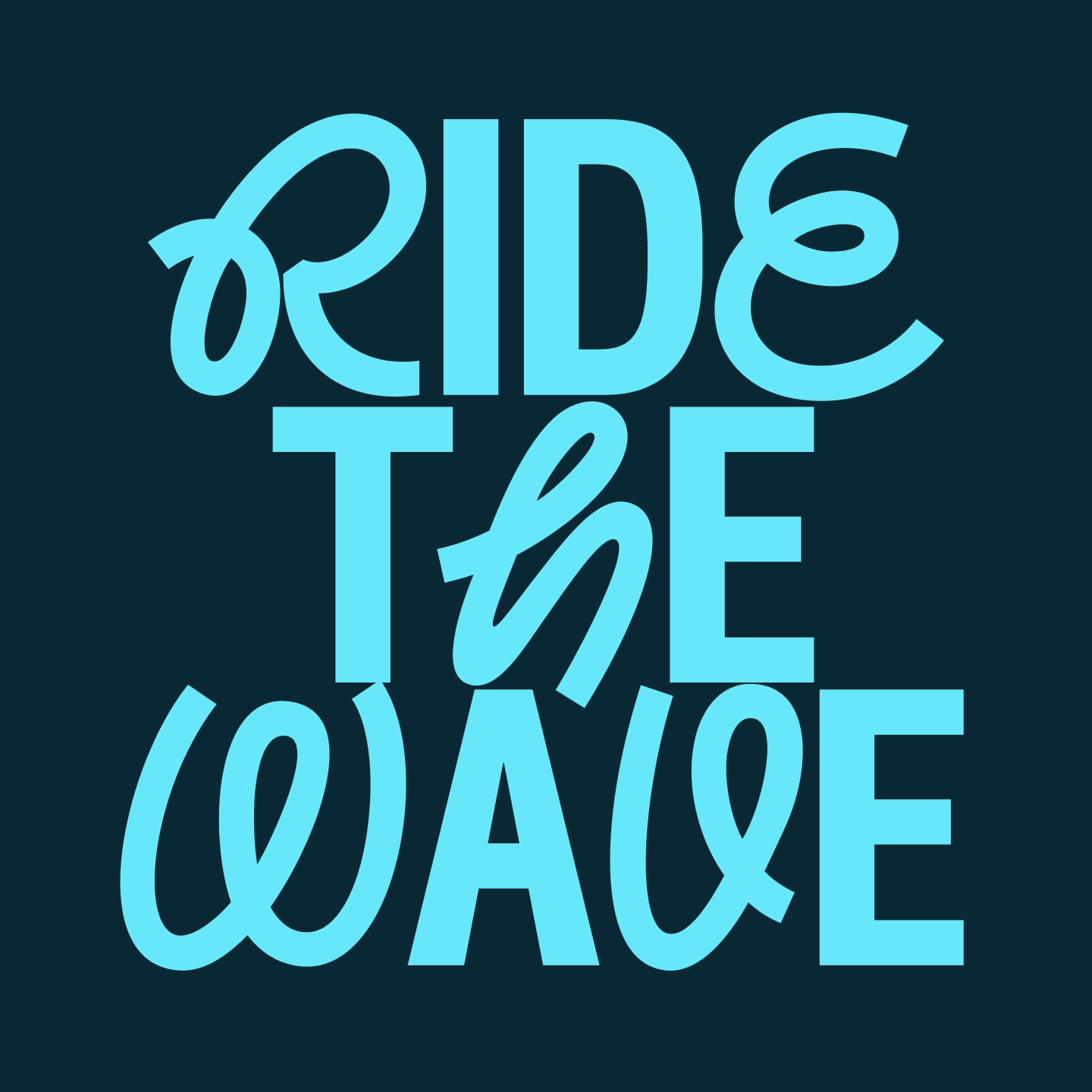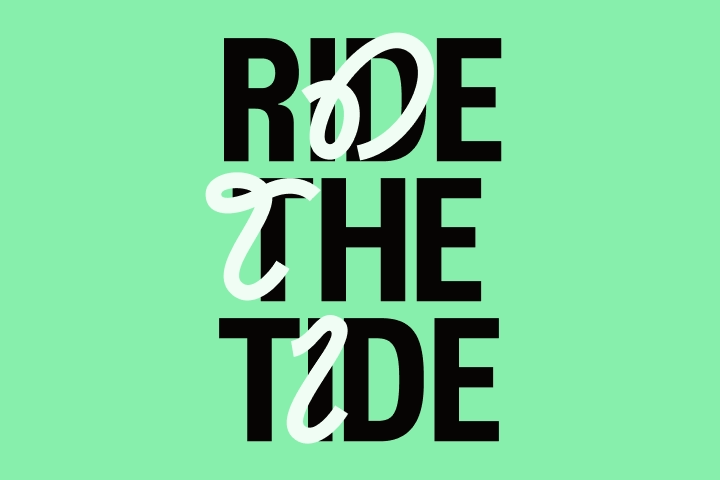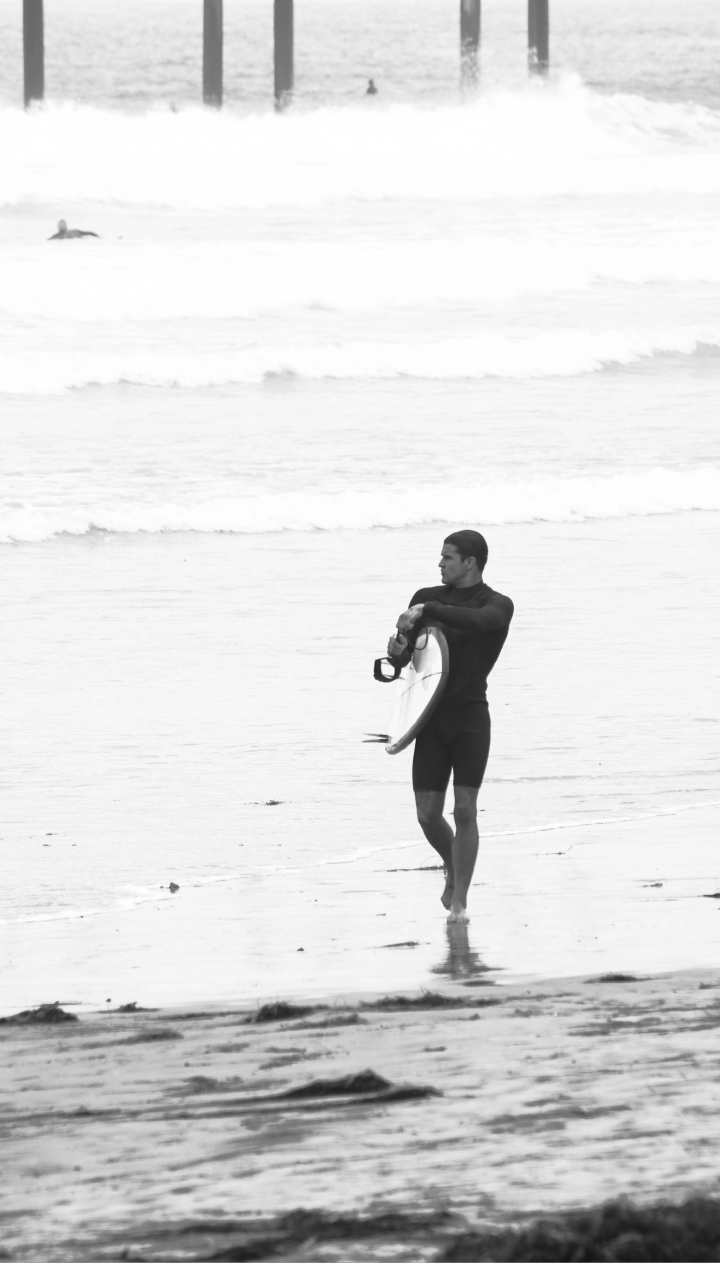Five Tips for Creative Testing
The key takeaways from Manson Chen on how to improve your creative testing strategy.
We recently had Manson Chen (Parabolica, ex Calm & CashApp) on the Brief to Scale podcast and left with a ton of tangible insights on how to execute creative tests on paid social channels. The learnings are applicable whether you're just starting to scale your performance marketing or you're a seasoned advertiser.
Here are our five key takeaways from the episode.
Everything starts with good naming conventions
The whole point of spending budget and resources on creative testing is to learn and improve over time. In order to come out the other end with learnings you can trust, you need a good way to track different creative variables.
Manson’s advice for anyone getting more intentional with creative testing was to start from the naming conventions. Start by tagging at least the asset type, the aspect ratio and the video duration, and then move on to tagging more granular attributes of the creative, like the creative angle, visual hook and script.
In Ads Manager, you can natively get the ad file performance data by adding the 'Image, video, slideshow' breakdown.
Don’t stop too early
A common pitfall in creative testing is making decisions based on too little data. When your ad is still in the learning phase, there is ongoing experimentation with who within your target audience it will resonate. Relying too much on early signals for these conversions might be misleading, so you want to ensure that the ad is closer to completing the learning phase before making a decision.
A good rule of thumb to follow is to wait for 20 conversions on the funnel step you are using before deciding if the ad has potential or not. Technically, you are still in the learning phase at this time, but it starts becoming more and more unlikely that the CPAs will change drastically when you get beyond this point.
No success without iterations
It’s very rare to find a new winning creative concept on the first attempt. It usually takes multiple iterations before new concepts can rival old winners. When you first launch a new creative concept into a testing ad set, look for those that show promise. Over time, you will be able to establish early benchmarks signaling that a new concept shows promise and is worth iterating on. This could be, for example, a CPA benchmark for a mid-funnel event (like signups).
According to Manson, small brands should use up to 40% of their media budget on creative testing, as one winning ad can bring a significant number of conversions during the coming months.
The learnings you get from creative testing can help you in other fields of marketing, like designing landing pages that convert. Remember to share your learnings beyond your media and creative team.
Understand your conversion rates
Performance marketing teams are tasked with driving real business outcomes, but the last events in the marketing funnel often come in late, and it can take significant budgets to get enough conversions to use this as your main KPI in creative tests.
Instead, focus on having a good understanding of the conversion rates between key steps in the funnel. For instance,
- Out of the people who install your app, how many sign up?
- Out of those who sign up, how many subscribe?
Once you have enough data to be confident in these conversion rates, it will be easier for you to make decisions based on mid-funnel events, confident that the ad will "back out".
You will never know what is going to work
When hearing stories about how companies have found new winning ad concepts, it’s clear that there is no exact creative formula you can follow for guaranteed success. The key is to test a wide variety of concepts and always be open to new ideas and inspiration from browsing other channels.
In his Brief to Scale episode, Manson talks about seeing a livestream of a person driving a tractor on Reddit becoming popular, which inspired him to produce a similar ad concept involving tractors. Even though the theme might have seemed far-fetched at the time, this eventually turned into a winning ad for Calm. Similarly, Manson tested out different color versions for a tunnel ad, and eventually found a winning color combination that was, unintentionally, linked with the season's colors.
Listen to the full episode below
